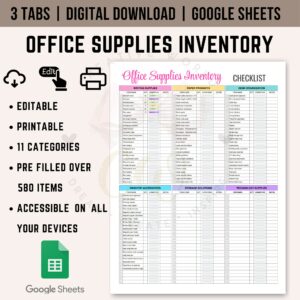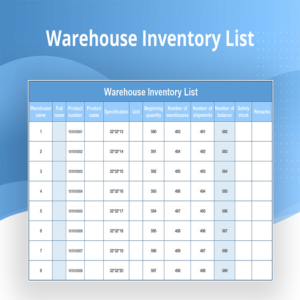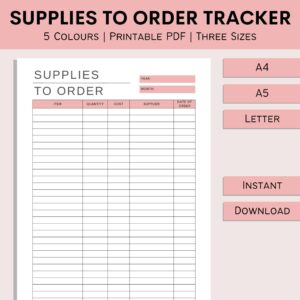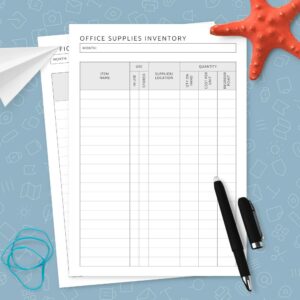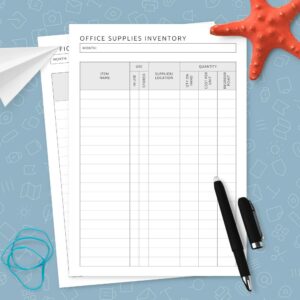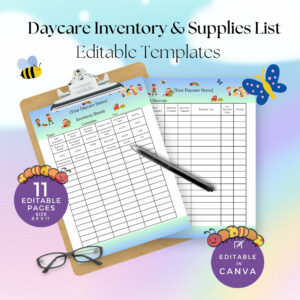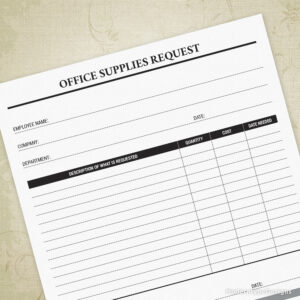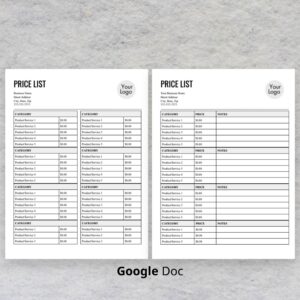Employing such a system offers multiple advantages. It streamlines the procurement process, reduces waste through optimized ordering, and enhances budgetary control. Further, it empowers teachers to proactively identify resource gaps, leading to improved instructional preparedness and a more productive teaching environment. Consistency in supply availability can also significantly impact student engagement and learning outcomes.
supply
Supply Distribution Work List Template
Employing a pre-designed, repeatable structure offers several advantages. It improves accuracy by reducing the likelihood of overlooked steps. Increased efficiency results from streamlined workflows and clear task assignments. Enhanced visibility into the entire process allows for proactive problem-solving and data-driven decision-making, which contributes to cost savings and improved customer satisfaction.
Supply Delivery Work List Template
Utilizing such a document offers numerous advantages. It enhances organization, reduces errors, and improves overall operational efficiency. The clear assignment of responsibilities and tracking of progress contributes to timely completion of deliveries and increased customer satisfaction. Moreover, it serves as a valuable record for auditing and quality control purposes, enabling businesses to identify areas for improvement in their distribution procedures.
Student Business Project Supply List Template
Utilization of such a document promotes efficiency and reduces the risk of unforeseen shortages. It facilitates accurate cost estimation, enabling realistic financial planning and resource allocation. Furthermore, it supports transparent tracking of expenditures, contributing to effective budget control and preventing overspending. A well-maintained record enhances organizational capabilities and strengthens the overall project management process.
Standard Office Supply List Template
Employing such a resource yields several advantages. It promotes cost control by preventing duplicate purchases and encouraging bulk buying where feasible. Improved organization results from a clear understanding of inventory levels, reducing the risk of shortages. Time savings are realized through a simplified and standardized requisition process, freeing up administrative staff for other tasks.
Printable Daycare Supply List Template
Utilization of this structured format offers several advantages. It ensures consistency in supply acquisition, facilitates efficient budgeting, and aids in maintaining adequate stock levels. Furthermore, it provides a clear and concise reference point for both staff and parents regarding required or suggested contributions.
Office Supply Request List Template
Employing this tool promotes accountability, facilitates budget tracking, and reduces instances of duplicate ordering. Efficient inventory management is enhanced, and data analysis for future procurement planning becomes more readily achievable. Moreover, using a standardized format ensures that requests are complete and easily understood by purchasing departments.
First Grade Supply List Template
Utilizing a structured format saves time and effort by providing a readily available checklist. It ensures uniformity in requested items across the class, simplifying logistical considerations for teachers. A standardized resource can also assist families in budgeting and planning their purchases, as it provides a clear overview of anticipated expenses. Furthermore, it can potentially minimize confusion and prevent the acquisition of unnecessary or inappropriate supplies.
Federal Supply Schedule Price List Template
The utilization of a pre-defined format ensures consistency and clarity in pricing information across different vendors and schedules. This standardized presentation facilitates efficient procurement processes, reduces ambiguity, and promotes transparency in government contracting. Furthermore, employing a structured format streamlines internal audits and compliance reviews, minimizing potential errors and ensuring adherence to regulatory requirements.
Church Cleaning Supply List Template
Utilization of this structured list offers several advantages. It facilitates efficient budget management by providing a clear overview of required expenditures. It also promotes consistency in cleaning protocols, ensuring a uniformly maintained environment. Furthermore, it simplifies the task of inventory management, enabling timely reordering of supplies and preventing shortages.
